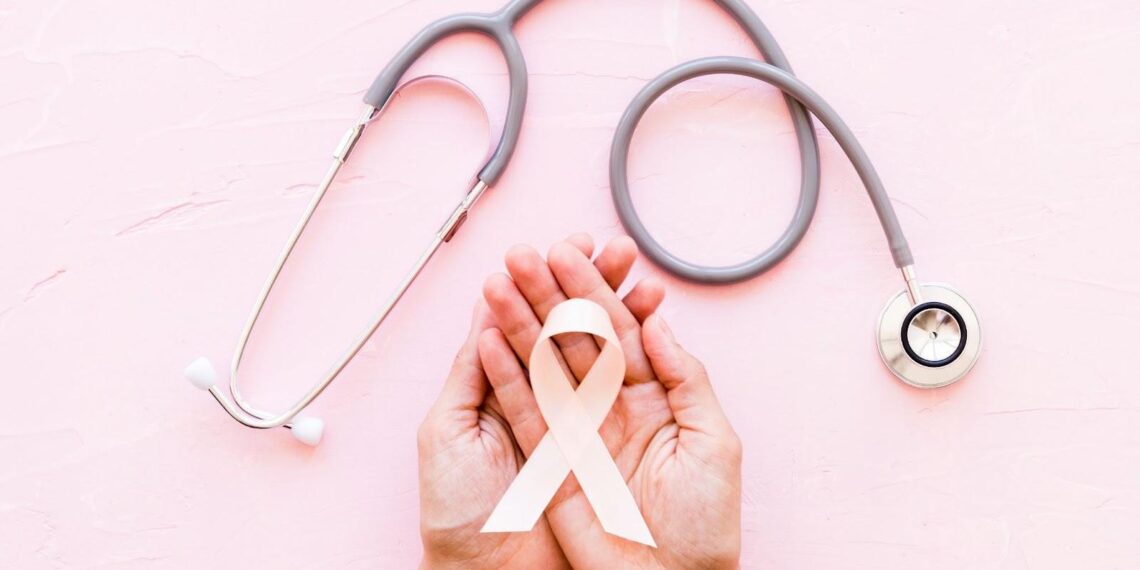Benign prostatic hyperplasia (BPH) is a common, age-related condition that affects the prostate gland. While medication is the most common treatment for BPH, there are other options to consider if your symptoms are severe or not responding to medication. In this article, we’ll explore some of these other BPH therapies.
What is BPH?
BPH, or Benign Prostatic Hyperplasia, is a condition that affects millions of men over the age of 50. The prostate gland enlarges, causing urinary problems and other issues. While medication can help to control the symptoms of BPH, there are other therapies that may be considered when the medications are not working well enough.
Symptoms of BPH:
If you have any of the following symptoms, you may be experiencing BPH and should speak with your specialist about possible treatment options:
-A feeling that you need to urinate more often than usual
-A feeling that you need to urinate urgently or right away
-Difficulty urinating, such as a weak stream or dribbling
-Inability to completely empty your bladder
-Painful urination
If you are experiencing any of these symptoms, don’t hesitate to speak with your doctor. They will be able to help determine if you have BPH and what the best course of treatment is for you.
Medications for BPH Treatment:
There are a number of medications available to treat BPH, including alpha-blockers, 5-alpha reductase inhibitors, and anticholinergics. While these medications can be effective in relieving symptoms, they may not be the best option for everyone. If you are considering other options for BPH therapies, here are a few things to keep in mind:
-Your symptoms may not be relieved by medication. If you have tried medication and are still experiencing bothersome symptoms, you may want to consider other options.
-You may be at risk for side effects from medication. Some medications used to treat BPH can cause side effects like sexual dysfunction, dizziness, and fatigue. If you are concerned about side effects, you may want to explore other options.
-You may not be able to take medication. If you have certain medical conditions or are taking other medications, you may not be able to take medication for BPH. In this case, other options may be more appropriate.
If you are considering other options for BPH therapies, talk to your doctor about what might be best for you.
When to consider other Treatment for BPH:
There are a number of therapies available for treating BPH, and your doctor will likely recommend medication as the first line of treatment. However, there are some instances when other therapies may be more appropriate. If you have severe symptoms that are not responding to medication, or if you experience side effects from your medication that are significantly impacting your quality of life, you may want to consider other therapies.
Some of the other therapies that are available for treating BPH include:
-Surgery: There are a number of surgical options that can be effective in treating BPH. Your doctor will likely recommend surgery if you have severe symptoms or if other treatments have failed.
-Laser therapy: This therapy uses a laser to destroy the excess tissue that is causing your symptoms. It is often used as an alternative to surgery, and it can be effective in treating both mild and severe cases of BPH.
-Transurethral microwave therapy: This therapy uses microwaves to heat and destroy the excess tissue in the prostate. It is less invasive than surgery, and it has a shorter recovery time. However, it is not as effective as surgery in treating severe cases of BPH.
If you are considering any of
Alternative therapies for BPH Treatment:
If you are experiencing symptoms of BPH, there are a number of alternative therapies that you may want to consider instead of medication. These include:
-Herbal remedies: There are a number of herbs that have been traditionally used to treat BPH symptoms, such as saw palmetto and page.
-Dietary changes: Making dietary changes, such as avoiding caffeine and eating more fibre, can help to relieve BPH symptoms.
-Exercise: Regular exercise can help to improve urinary function and reduce the risk of developing BPH.
-Weight loss: Losing weight can help to reduce the severity of BPH symptoms.
-Surgery: In some cases, surgery may be recommended to treat BPH. This is usually only necessary if other treatments have failed to relieve symptoms or if the prostate is very large.
Conclusion:
If you’re struggling with BPH and medications aren’t giving you the relief you need, it might be time to talk to your doctor about other possible therapies. There are a number of different options available, so there’s sure to be one that’s right for you. Don’t suffer in silence, get the help you need so that you can live your life to the fullest.
FAQ’s:
- Can BPH get better on its own?
In one-third of men with mild BPH, the symptoms go away on their own. They may simply wait and observe. However, it’s time to discuss the treatment choices with your doctor if the symptoms of an enlarged prostate are irritating or are having an impact on your quality of life or general health.
- Can an enlarged prostate go back to normal?
Most persons with BPH, or an enlarged prostate, can be treated. Some people get a significant reduction in symptoms with just medicine. Surgery will frequently remove enough of the prostate to provide you relief if medication does not work or your prostate is too large.
- What occurs if BPH is not treated?
First, untreated BPH has the potential to cause major problems, ranging from urinary tract infections and kidney or bladder stones to urine retention and kidney damage, even though it has nothing to do with cancer.
- BPH deteriorates over time.
There are many symptoms associated with enlarged prostate glands, many of which tend to develop worse over time. Urinary urges that are frequent or urgent are typical BPH warning signs and symptoms.
- Which exercises are best for an enlarged prostate?
The health of your heart, prostate, and sexual organs are all improved by exercise. On most days of the week, engage in 30 minutes of aerobic activity, such as swimming, riding, fast walking, or hiking. Additionally, you can incorporate strength training routines like alternate-day use of weight machines or free weights.























